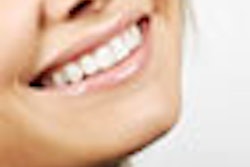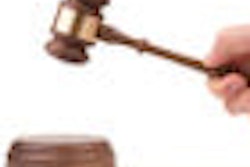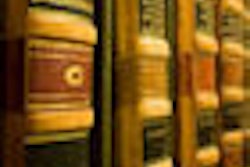Revenues generated from cosmetic dental procedures will likely remain stable, if not increase, in the coming year, according to an industry survey conducted by the American Academy of Cosmetic Dentistry (AACD).
The AACD 2011 State of the Cosmetic Industry Dentistry Survey found that while the cosmetic dentistry industry has declined then flattened, since a 2007 benchmarking industry survey, respondents strongly believe they will continue to see increasing revenues from cosmetic procedures this year, according to the AACD.
Respondents indicated that the demand for cosmetic dentistry procedures was primarily driven by referrals from others who had positive experiences. However, compared with the AACD's earlier survey, there was an increase of 25 points in Internet use by patients who discover cosmetic dentistry's benefits online.
A total of 1,068 responses to the email survey were tabulated, and 76% of respondents were AACD members.
Other findings included the following:
Compared with 2007, the number of male patients increased by seven points. Three-fifths of cosmetic dentistry patients were female (60%) and two-fifths were male (40%).
Close to half of patients (49%), on average, are between the ages of 31 and 50. The number of patients age 20 and younger grew significantly to 17% from only 5% in 2007.
Of those offering financing, 78% of respondents reported that third-party financing options helped patients get to a "yes" decision.
Patients cited "appearance" (97%) as their top concern when deciding on a cosmetic dentistry procedure. Other concerns following closely behind include cost and longevity of treatment results.
While the smallest in terms of cosmetic procedures performed in the past year, orthodontics showed the largest positive shift (10% more than data collected in 2007).
Veneers have dropped 8% since the 2007 study.
The majority of respondents (56%) expect that revenues from bleaching/teeth-whitening procedures (the most popular cosmetic dental treatment) will stay the same in the coming year.
Laboratory loyalty increased, as the majority (57%) indicated use of two or three labs, while 37% used four or more laboratories. The average is 3.15, an indication of increased lab loyalty over the 2007 average of 3.5 labs used.
Visit the AACD website to read the complete survey results.



















